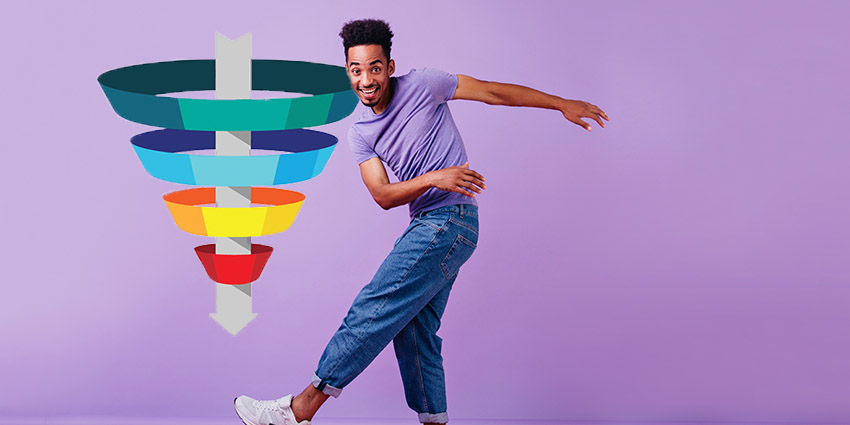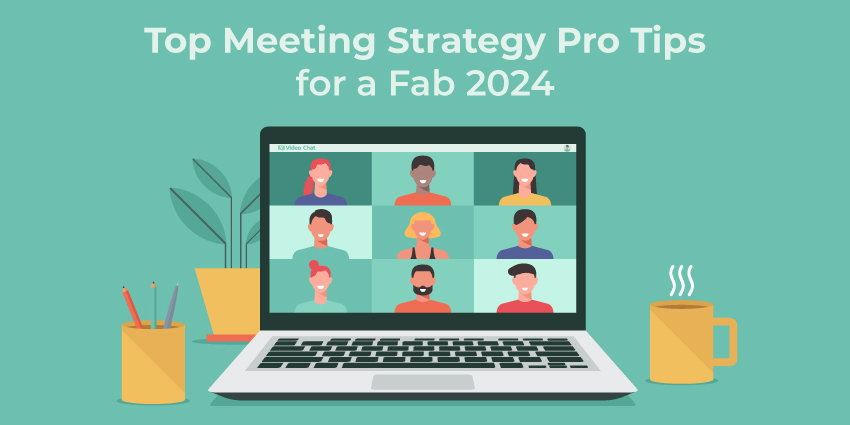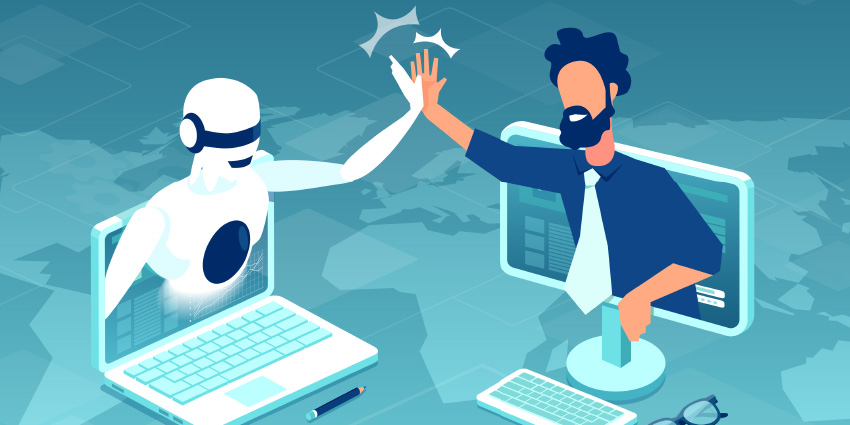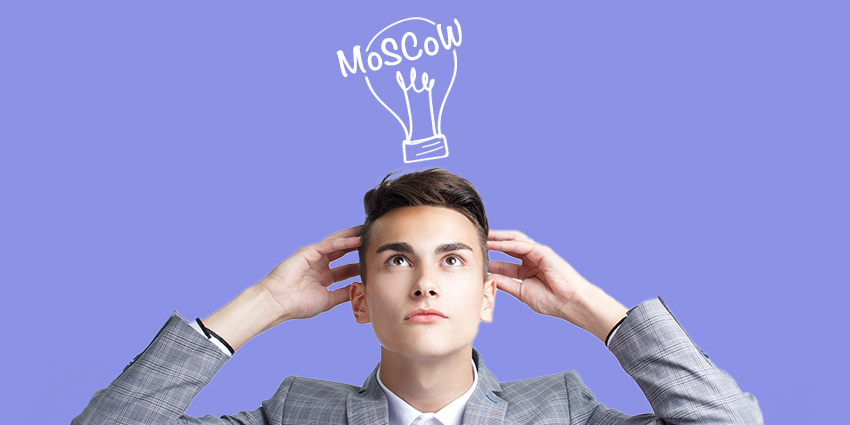What is a Digital Marketing Funnel? An Introduction
The Basics of B2B Marketing Funnels

Talk to any marketing specialist in today’s world, and they’ll tell you successful promotion requires a deep understanding of the “marketing funnel”. In simple terms, the digital marketing funnel for both B2B and B2C brands involves a series of marketing stages connected to the buying journey of an audience.
The concept has become a fundamental resource in the way companies connect with their customers and often guides how content and campaigns are distributed to potential prospects.
The B2B digital marketing sales funnel often significantly more complex than its B2C alternative because B2B sales journeys are longer and more difficult.
There’s a lot of consideration, research, and planning involved when companies decide which products and services to buy. Ensuring you have the right content and strategy to guide your customers through each stage of the funnel can improve your ROI, boost profits, and generate better company outcomes overall.
Defining the B2B Digital Marketing Funnel
An optimal B2B sales funnel made up of a series of stages, each with its specific strategies, content plans, and marketing campaigns to consider. The funnel aims to provide prospects with a seamless buying experience as they move through the steps of evaluating, comparing, and researching different offers.
The B2B marketing funnel targets potential customers with carefully chosen messages to address their needs (intent), pain points, and interests at different points in the purchasing journey. Usually, there are four stages to consider in any funnel:
- Top of the Funnel (TOFU): This is the prospecting and demand generation stage, where the focus is on bringing attention to your brand, services, products, and value.
- Middle of the Funnel (MOFU): This is the lead generation stage, where you provide your customers with more information to identify your business as a credible and trustworthy solution to their problems.
- Bottom of the Funnel (BOFU): The focus is on closing the deal with potential prospects. You focus on converting your leads with free demos, discounts, and other strategies designed to push action.
- Customer Retention (After funnel): Customer retention and success involve using various strategies to keep your customers coming back for more after purchasing something from your brand.
How the Marketing Funnel Aligns with Buyer Journeys
As mentioned above, the digital marketing funnel aligns with each critical stage in the B2B purchasing journey to provide customers with the information and guidance they need to make a purchase decision. Let’s take a look at how the segments align:
- Top of the funnel = Awareness: At the top of the funnel, the focus is on creating awareness about your company. You might use press releases on reputable websites to draw attention to your company’s latest accomplishments. Or you could publish thought leadership content to gain people’s attention by searching for answers to questions online.
- Middle of the funnel = Consideration: This is one of the longest B2B buyer journey stages. It involves marketing strategies to demonstrate how your product or service will solve a customer’s problem. You could use video reviews or articles about your product to highlight its potential. You could also create how-to guides, which show customers how to use various features of your product.
- Bottom of the Funnel = Decision: During the decision stage, your marketing strategy focuses on getting your customers “off the fence”. You might use special offers, FOMO, and discount codes to push conversion. You can even make FAQ pages to clarify any questions customers might have before purchasing.
- Retention = Building loyalty: Once your customer has made a purchase, the strategy shifts to maintaining their attention. Newsletters to keep customers up-to-date on the latest features of your product or service can be helpful here, as well as subscription discounts, loyalty programs, and reward campaigns.
To successfully turn your target audience into a paying customer, you’ll need to create content and campaigns for every stage of the funnel, designed to help push your customer along to the next step of their journey. This means each part of the funnel should be connected.
You could use a landing page at the top of the funnel to get a customer’s email address in exchange for access to a webinar, then use email marketing to introduce them to the benefits of your product or service. Once your customer becomes a “Marketing Qualified Lead”, you can pass them over to the sales team for conversion discussions.
Alternatively, you could eventually give a customer access to a demo of your product after they’ve interacted with your website or brand several times. Once a customer makes a purchase, you use the same email address to send them details about new features and subscription offers.
Differences Between B2B and B2C Digital Marketing Funnels
While the elements of a B2B and B2C digital marketing funnel might be the same, there are some significant differences. The sales process for a B2B company is very different from the one most companies use for B2C customers. The most significant differences are:
- Motivation: B2C buyers are looking for tools to improve their personal lives and the lives of people close to them. They’re focused primarily on entertainment, emotional connections, and appearance. B2B companies are looking for solutions to improve their bottom line. They’re focused heavily on sources of proof, evidence of success, and statistics.
- The Buyer: Purchasing decisions in the B2C market are made by individuals, even if friends and family sometimes influence them. For B2B customers, the purchase decision is often made by a group. This means appealing to many people with different priorities and questions in the consideration and decision stages.
- Decision making: While B2C and B2B companies can be influenced by emotion in their buying decisions, the B2B purchase is usually focused more on logic and evidence. Proving yourself will be crucial to converting a B2B customer.
Knowing how to build an effective B2B digital marketing funnel will ensure you can successfully attract, nurture, and convert the kinds of customers crucial to helping your business grow.




